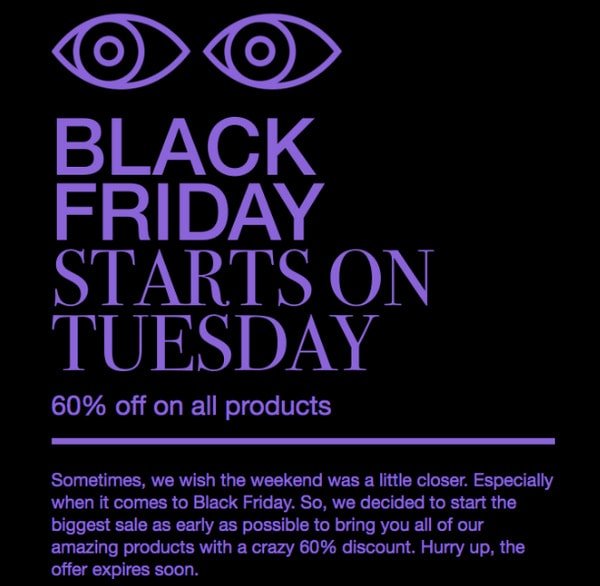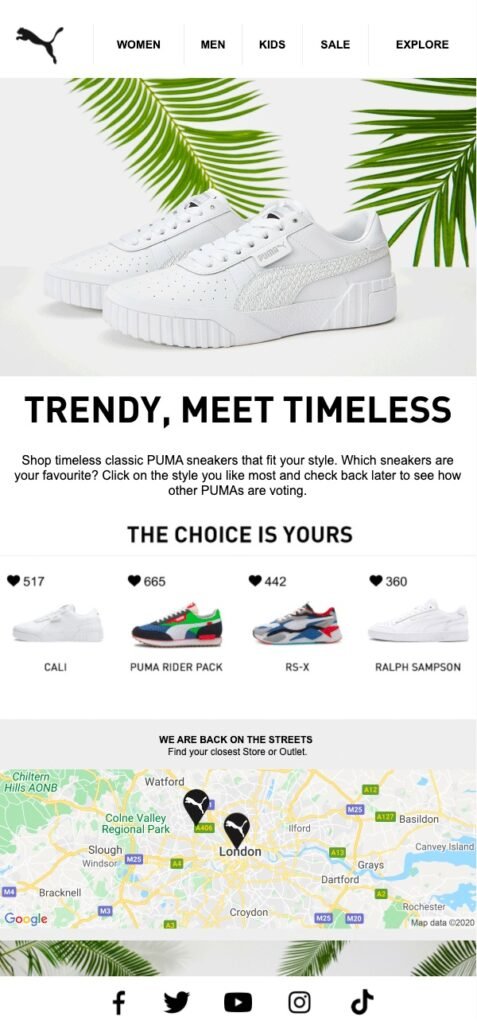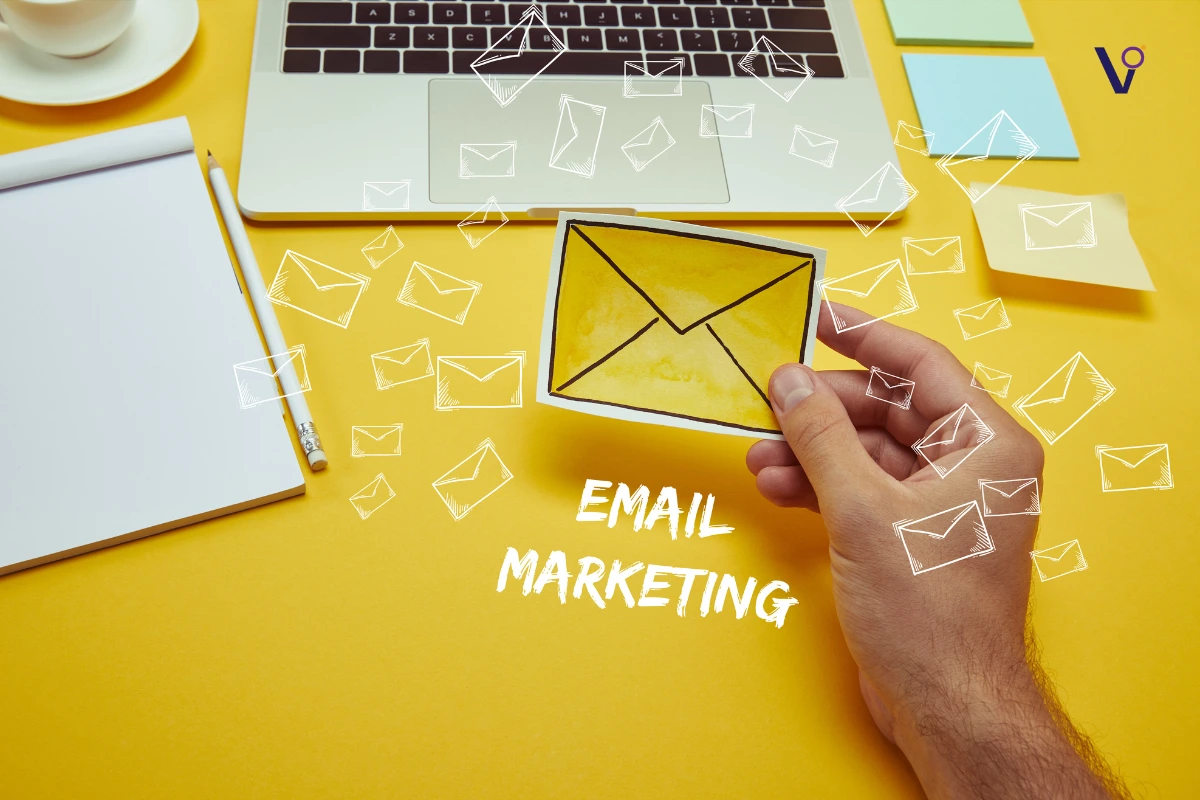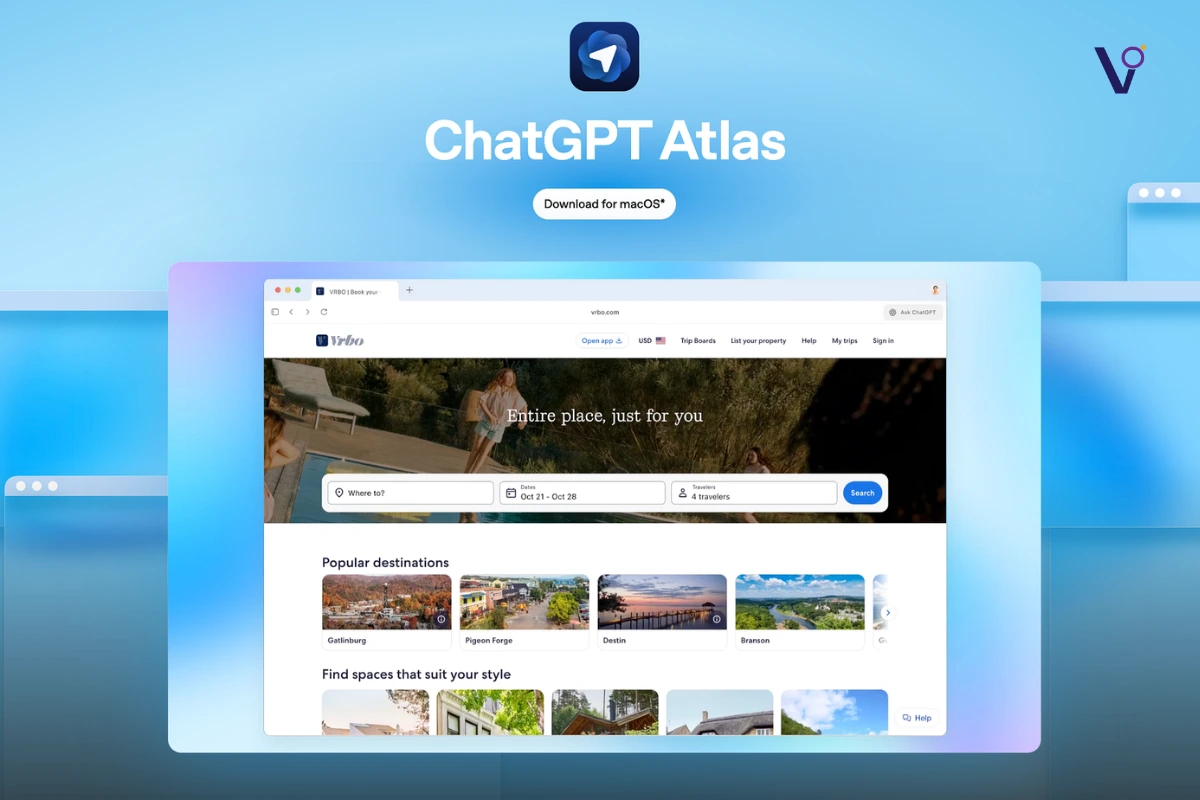By 2025, one marketing channel is expected to have 4.7 billion users. That’s more than half the global population and no, it’s not some futuristic platform or emerging technology. It’s Email. Marketing strategies come and go, but one thing’s been proven to be true: email marketing is still one of the best ways to reach your customers. In fact:
- 73% of Millennials prefer email communication from businesses.
- It offers an average ROI of $36 for every dollar spent.
- It’s one of the most cost-effective strategies, especially for small businesses.
Even though it’s an old standard, it’s constantly evolving, and you don’t wanna get left behind. So, let’s dive into some of the best new ways to maximize your email strategy.
Change in Email Marketing
The way marketers collect information about their customers has changed dramatically these last few years. Third-party cookies are getting phased out, so businesses are turning to customers themselves to provide key data without compromising privacy.
And guess what? Email is the perfect place to ask your customers for information in a way that feels organic because it lets the customer tell you how to market to them.
Some things to consider about building data collection into your strategy, according to the State of Email Workflows by Litmus:
- Consider what data you already have. If you’ve got a lot of info on the type of products customers are interested in, for example, maybe it’s a good time to collect their ideal price range.
- Determine the data points you wanna collect. Customer time is valuable. You don’t wanna waste it by asking for data you’ve already got.
- Make sure it doesn’t feel like an interrogation. Keep it casual. Ask for one additional bit of info in an email communication about something else. It shouldn’t feel invasive. It should feel like by responding, they’re going to make their experience more tailored to their preferences.
- Set your current priorities based on your current database. Make sure you’re asking for data relevant to the audience you’ve already got. In other words, don’t ask customers of a fashion outlet about their preferences in IT consulting.
How to Improve Email Marketing Content
What can you actually do with all that data? It is used to create dynamic content that can be personalized at scale. It is no longer enough to just put a customer’s name in the subject line of an email and consider it personalized.
A few examples:
- Take the personalized subject line and engage customers using personalized images instead. This puts their names into the actual graphic design elements that make the entire email feel custom, like the example for Mamas & Papas in their Black Friday campaign.
- A live poll, allowing customers to vote in some sort of this or that campaign. This can be something they actually impact. Like deciding on a new ice cream flavor or just a different way to collect some generalized data. It is a fun method of engaging users, especially when they can see refresh polling results every time they open the email. Studio’s Black Friday email campaign is a good example of this.

- Countdown timers are an effective strategy to build hype for a specific event, like a big clearance sale or the launch of a new product. Like polls, they’ll always be up to date when the user opens the email. An example of this is Bulk’s two-hour Black Friday sale.
Modern Email Marketing Campaigns
One of the coolest dynamic features of modern email campaigns is content and automation. It can leverage the information gathered about customers to send personalized recommendations for new products based on past purchases, like this example from New Look, or events based on their interests or location.
There are other location-based dynamic options as well:
- Simple things, like weather widgets, which is absolutely super convenient if your business is seasonal or dependent on particular weather. This is crucial for things like a ski resort snow report.
- A closest store widget that will show the user the closest location to their current whereabouts if you’ve got a brick and mortar location. It can even be included at the bottom of a standard email for customer convenience, as Puma did.

- Incorporating social media feeds to encourage customers not only to follow accounts but also to talk about the brand online.
- Taking advantage of social signals, like a dynamic display to show how many people are currently shopping your products. This lets brands build excitement, invite community and utilize an age-old marketing trick that never fails: FOMO. A sample of this can be seen from a Kate Spade Black Friday sale.
AI Tools
These all sound like great ideas, but what if a business is operating with a skeleton crew or even just one person? The good news is integrating AI tools into email marketing can streamline certain tasks and actually increase ROI by up to 70%.
One of the best AI tools you can use is Litmus Personalize. This can be a huge help with tasks such as:
- Quality assurance, from minor typos to major errors like broken links.
- Utilizing predictive analytics to help with optimal email layout.
- Managing it all with email programs like Litmus Personalize, which can be a massive time saver. It helps streamline the workflow to make sure the email building process is optimized across the board, whether there’s one employee or 500.
The proven effectiveness of email marketing, combined with new dynamic content features, AI-driven optimization tools, and data-driven personalization, makes it clear that it’s here to stay.
Email marketing is a proven, cost-effective strategy businesses use to directly reach customers, personalize content, and deliver updates, promotions, and recommendations through email campaigns.
Yes. AI tools streamline tasks, correct errors, predict layouts, personalize content, and improve ROI by up to 70%, making email marketing smarter and easier to manage.
Include dynamic, personalized content like images, polls, timers, product suggestions, social feeds, and clear calls to action—keeping layout optimized through tools like Litmus Personalize.



